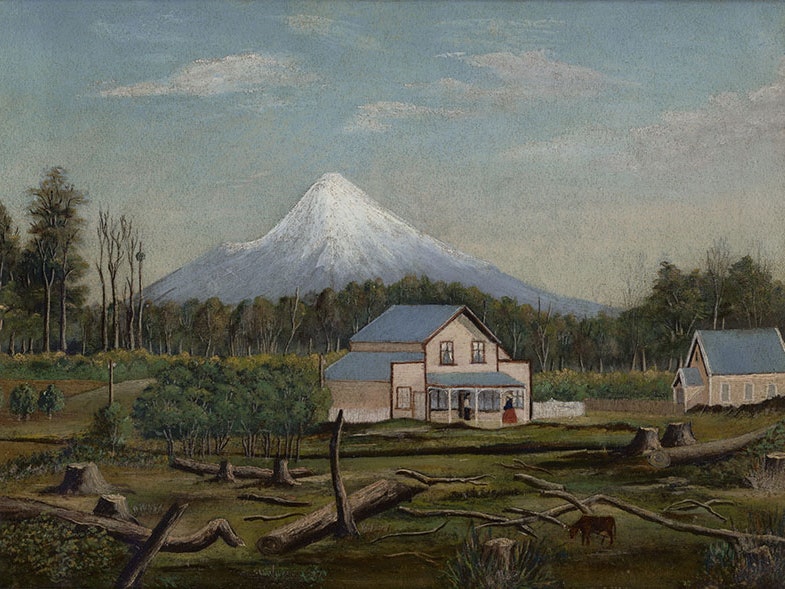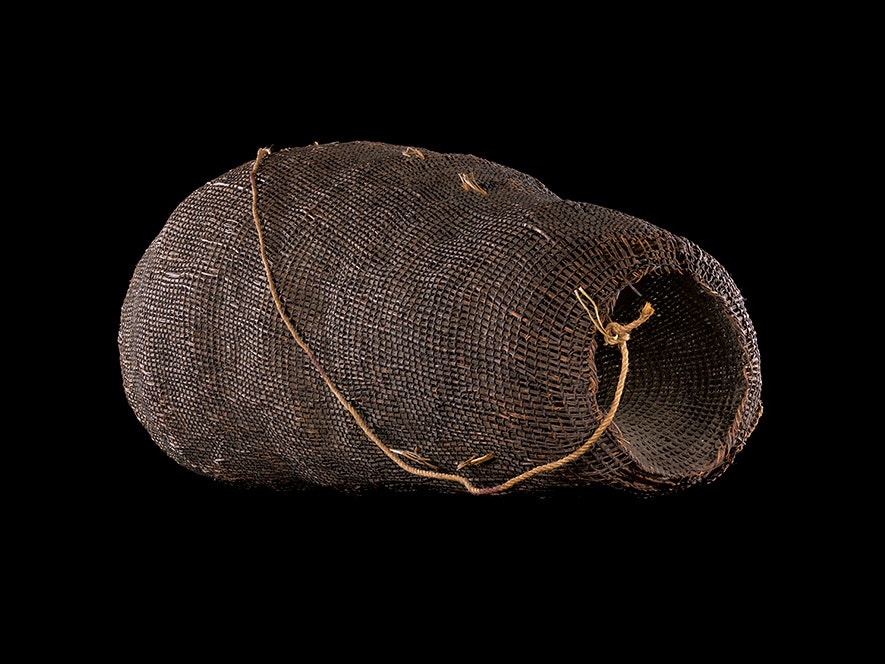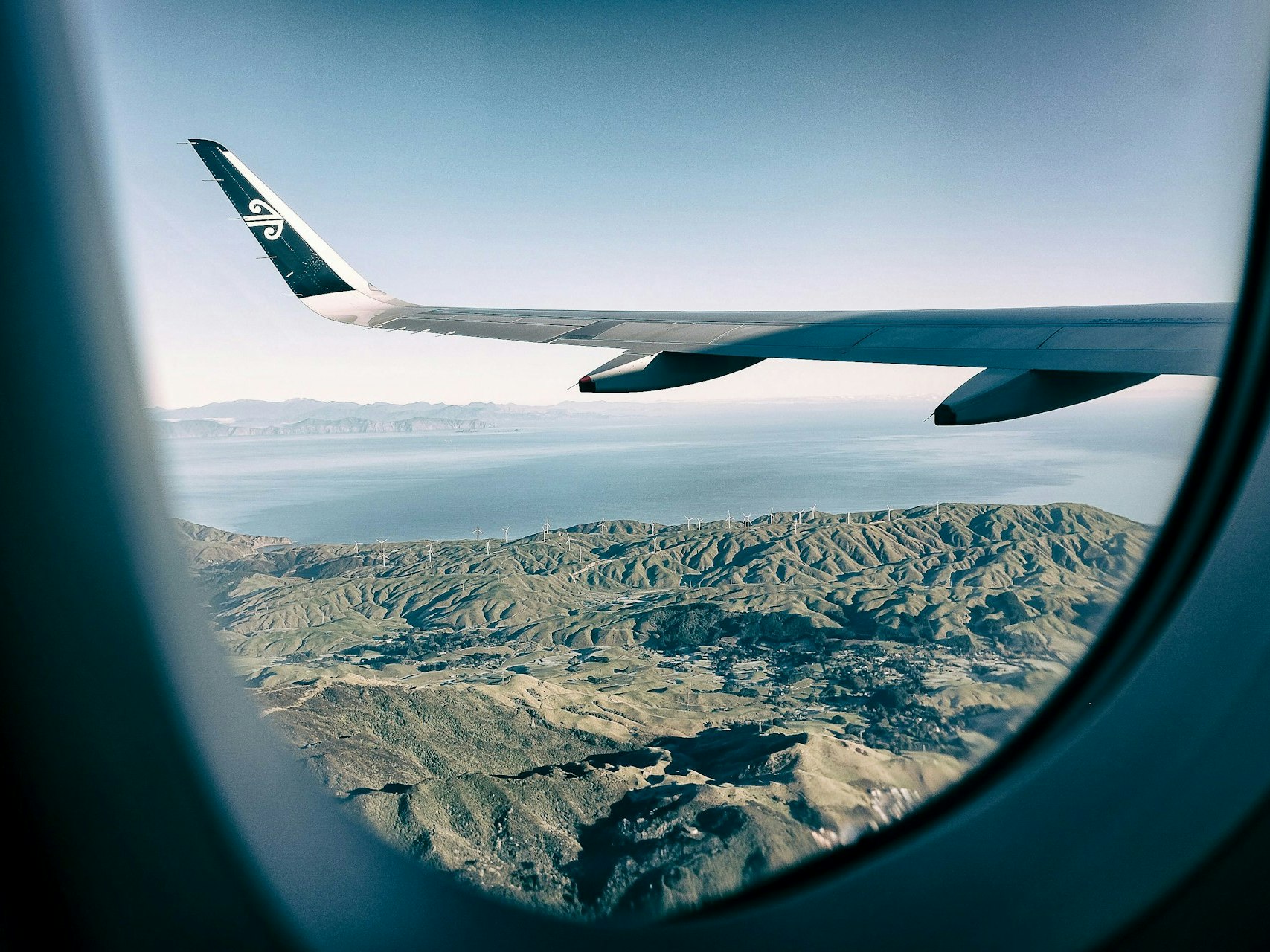
Activity A: Notice the impact of colonisation on whenua
Consider the impact of colonisation upon ecosystems of Aotearoa.
Free museum entry for New Zealanders and people living in New Zealand
Open every day 10am-6pm
(except Christmas Day)
Free museum entry for New Zealanders and people living in New Zealand
The health of te taiao reflects the values we hold.
|
He pitopito kōrero “The indigenous biodiversity of Aotearoa is fundamental to Māori culture. Nature and people are entwined through whakapapa, te reo Māori, tikanga, toi, kai, rongoā and taha wairua. This relationship is reciprocal: the people are kaitiaki of the natural world, and the natural world is kaitiaki of the people. Consequently, the loss of biodiversity and the growing distance between the people and what biodiversity remains are undermining relationships, responsibilities and practices.” The state of te taiao in Aotearoa New Zealand reflects a history of colonisation that has centred Pākehā values and not honoured Te Tiriti o Waitangi. Noticing these values, and the practices that they currently inform, will help us all to imagine ways we can address imbalances and return landscapes and people to peace and harmony. |
Shane Cotton (Ngāpuhi) often explores and comments on the impacts of colonisation through his art. In Whakapiri atu te whenua, Cotton explores loss of land, the pursuit of tino rangatiratanga and the impact of colonisation on te taiao. The title, which loosely translates to ‘retain the land’ refers to the land wars of the 1860s and 1870s and to Te Kooti's campaigns to halt the appropriation of Māori land.
Whakapiri atu te whenua, by Shane Cotton (Ngāpuhi),1993. Purchased 1993 with New Zealand Lottery Grants Board funds. Te Papa (1993-0020-1)
Zoom In on the details of Whakapiri Atu te Whenua on Collections Online. The dying plants in the base of the central pot represent the effects of the buying of land as property. The pole, pā palisades, flags, and flagpoles, as well as the decapitated plant all speak of land ownership, colonisation, and Māori resistance.
How could you create a painting, like Shane Cotton, that uses symbolism to speak about big, complex problems? With the knowledge you have of the area that you live in, what symbols could you draw to communicate what was, what is and what could be?
Visit an area of your community where the local taiao is regenerating – it might be sand dune, ngahere or awa. Sit, feel and observe the evidence of life around you. What do you feel like being in this environment? Repeat this task in an area of your community where the mauri of te taiao has been forgotten. Sit, feel, and observe the evidence of life around you. What do you feel like being in this environment? You may want to measure a metre square in each space and see how much life you can observe in that space, or you may simply be able to observe, and feel the energetic difference.
Engage with mana whenua through iwi management plans available online and/or local experts to find out:
|
Interview different people around you who have different cultural worldviews about their relationship to te taiao. Use the same questions with each person so that it is easy to notice some of the differences and similarities that might exist in the values, attitudes and beliefs.
Richard Lewer is a New Zealand-born artist, now based in Australia, who explores colonisation and identity powerfully through their work. In Blackboards, Lewer presents symbols and slogans of protest, history, and appropriation alongside each other. Using this artwork as an inspiration, create a visual record of the ideas that you have gathered from your research and interviewing process so far.

Consider the impact of colonisation upon ecosystems of Aotearoa.

Museums honouring Te Tiriti for flourishing futures.
